From the “sneaking out with an old flame” department…This week I decided to take my Canon 7 Rangefinder for a spin. It’s such a beautiful camera, and long before I had my prized Leica M3, I took this baby everywhere. Oddly enough, it has pros and cons over the competition, plus this one has been re-skinned by yours truly in red leatherette. Since a friend asked me today if I liked it better than my M3, I actually had to think about that for a second, and the comparison is worth writing about.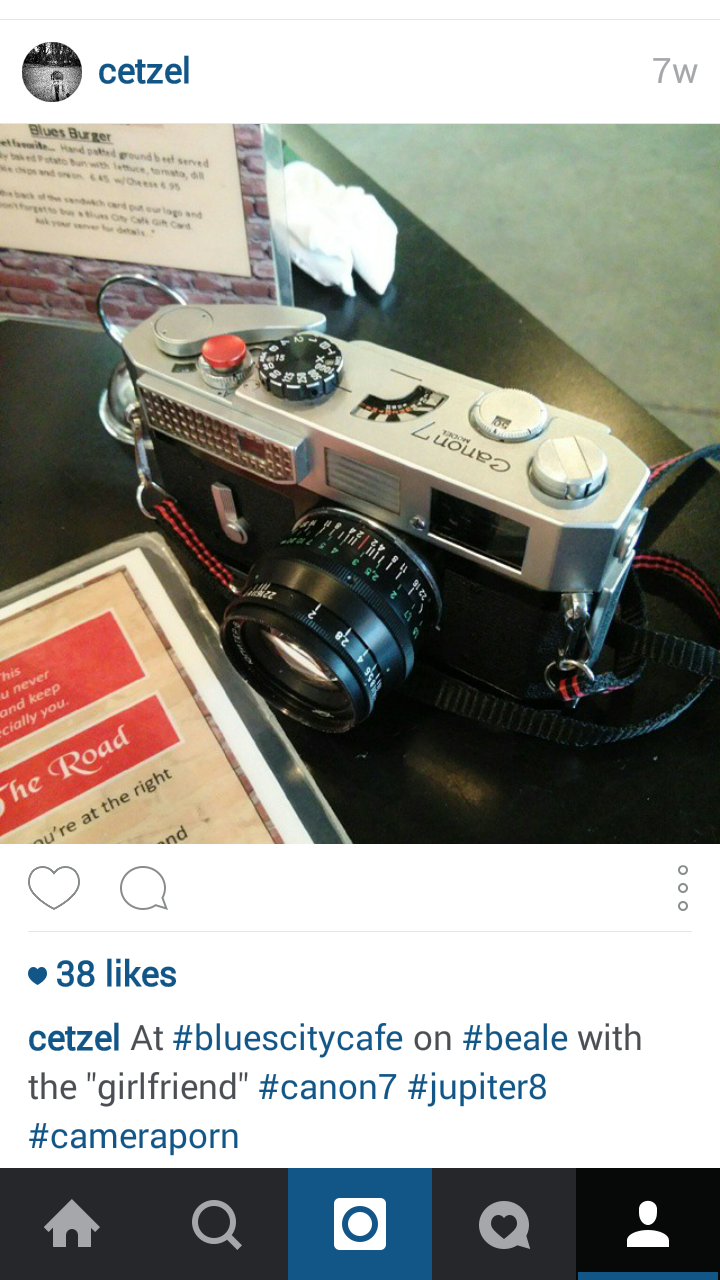
A Brief Flashback to 2015
There she was, the girl in the red dress before she got the red dress. Back when I was pining — scheming for a way to convince the wife to let me buy a Leica — I snatched this baby up for less than a hundred bucks at auction. It was a fantastic, nearly mint specimen. I used it for a few months until one fateful day my cat knocked it off the shelf and it landed in such a way that the internals were broken. Thankfully Roberts Camera in Indianapolis had one, so I was able to get a working one back in my hands in a few days. Soon after shooting some film through it, I decided to re-cover it in red leatherette from Aki-Asahi. This place has amazing laser-cut skins, and the end result for my Canon 7 was, and still is, very stunning.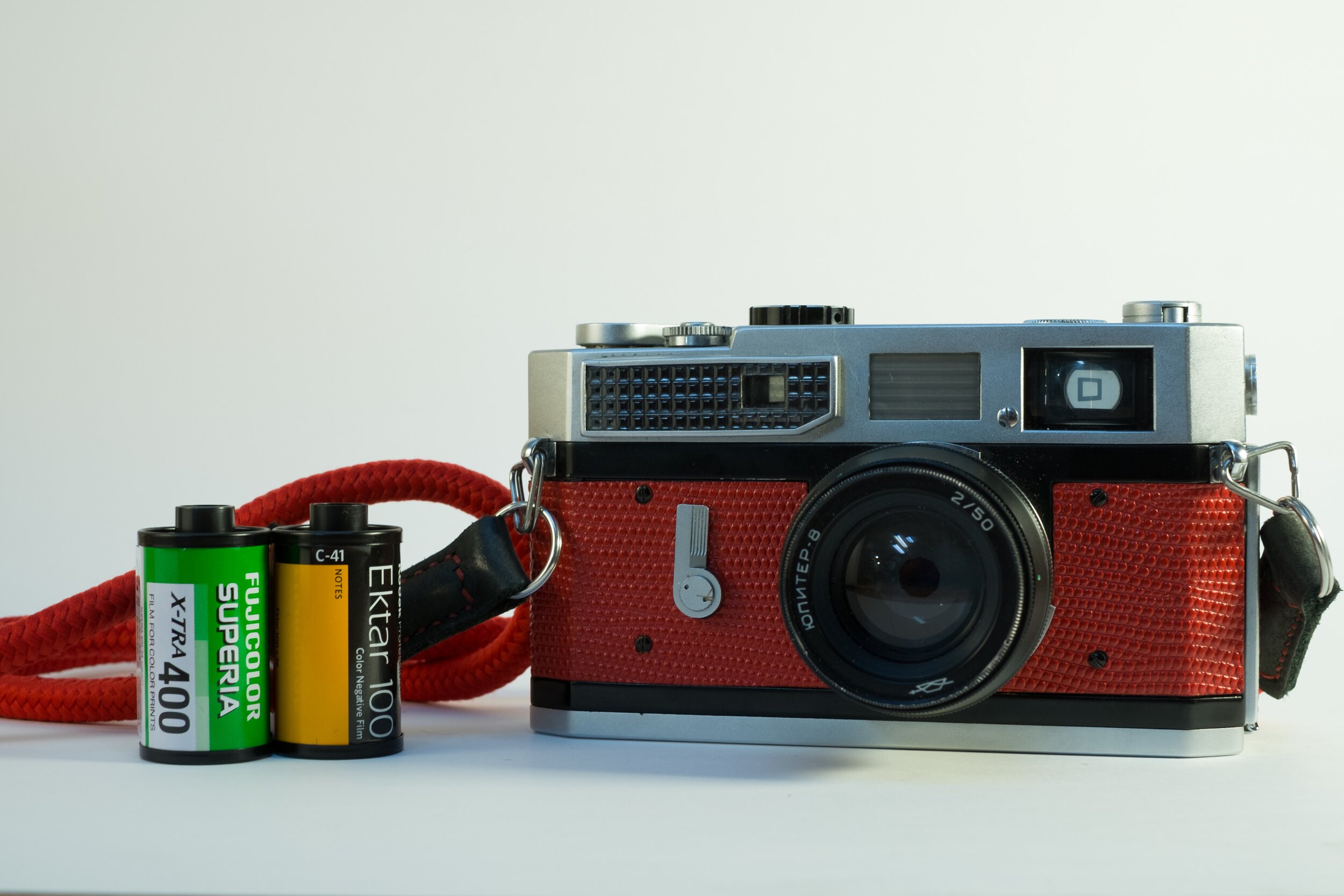 But eventually I’d earned enough brownie points with the wife to order a Leica, and the Red Mistress went on a shelf. However, I’ve recently pulled her back out and if I don’t stop digressing I’ll never get to the good stuff!So is the Canon 7 better than the Leica ? That’s subjective. The M is totally manual, as is the Canon 7. Both are rangefinders, both have metal bodies. The Canon is mostly sheet metal-ish, whereas the Leica is brass, so there’s a weight difference. Both have great glass on them. I don’t want to compare apples to oranges, but my 50mm Jupiter 8 from 1976 takes similar quality photos to the Voigtlander Nokton 50mm I have on the Leica. Where the differences come into play are the technologies.
But eventually I’d earned enough brownie points with the wife to order a Leica, and the Red Mistress went on a shelf. However, I’ve recently pulled her back out and if I don’t stop digressing I’ll never get to the good stuff!So is the Canon 7 better than the Leica ? That’s subjective. The M is totally manual, as is the Canon 7. Both are rangefinders, both have metal bodies. The Canon is mostly sheet metal-ish, whereas the Leica is brass, so there’s a weight difference. Both have great glass on them. I don’t want to compare apples to oranges, but my 50mm Jupiter 8 from 1976 takes similar quality photos to the Voigtlander Nokton 50mm I have on the Leica. Where the differences come into play are the technologies.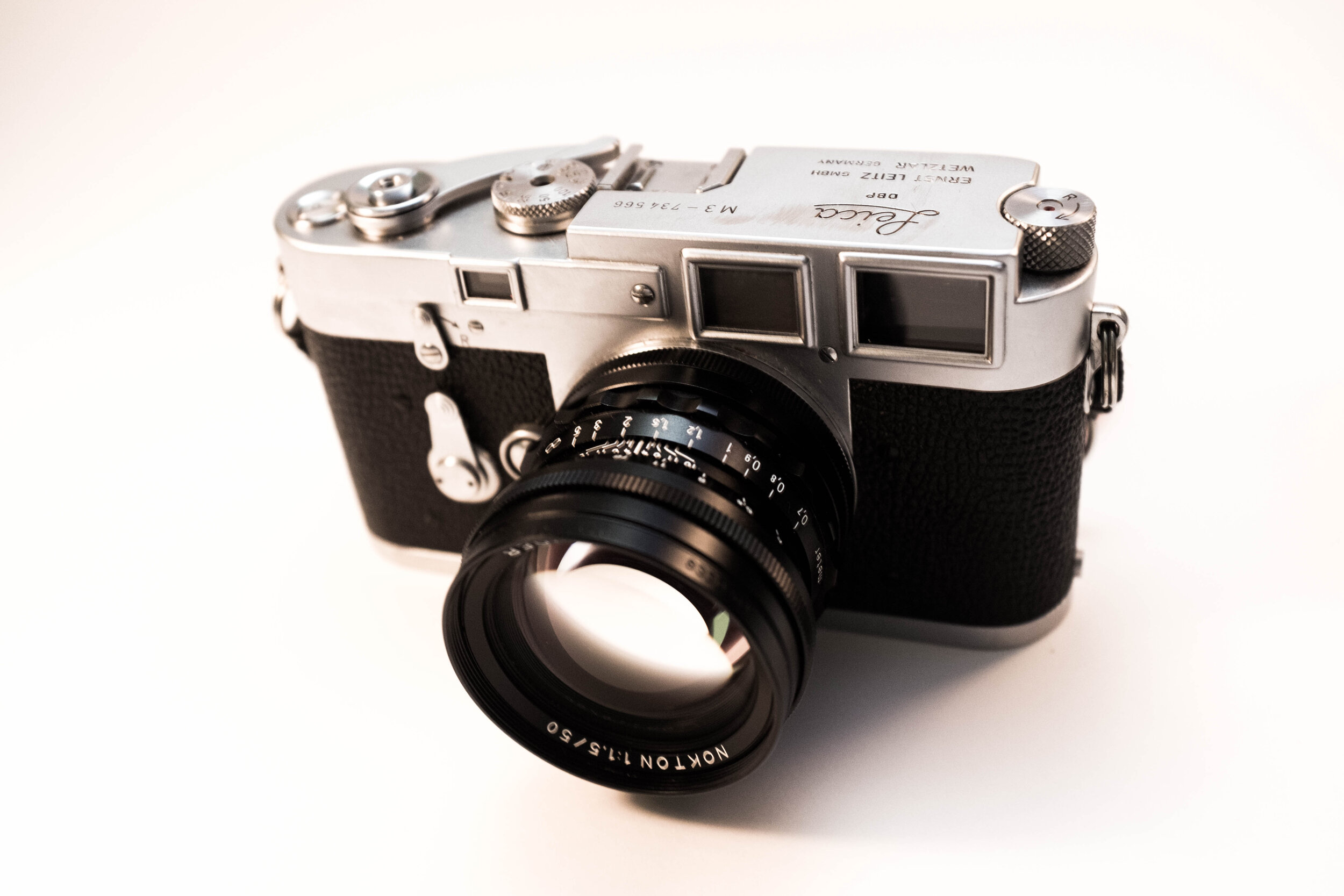
Rubberized Cloth or Aluminum Shutter ?
This is the elephant in the room if you’re a street photographer trying to be stealthy. I’ll be honest, the Canon 7 is loud. Not SLR mirror-slapping loud, but sheet metal loud. That’s the sound it makes when you depress the shutter button: “sheeet” like somebody scraping a metal pie plate with sandpaper. This is due to the aluminum focal plane shutter curtains. They are not quiet. Leica on the other hand took to using rubberized-cloth shutter curtains. The M makes a snick sound. It’s very subdued, and nearly unnoticeable even at close range. Not a deal killer if you’ve got a good personality and don’t ind folks occasionally hearing the shutter fire.
1965 called and they want their Selenium back
That’s a +1 for for the Canon 7. It has a selenium light meter. While Canon tried to tuck it into the front of the camera in a modest way, it’s still a godawful eyesore unless you’re into that sort of look…I like it. Now, realistically the selenium should have gone inactive probably 20 years ago. It doesn’t have a long half life. But all of the selenium meters I’ve encountered on cameras still work. My Konica c35, my Zenit 11, both my Canon 7s, and even a 1948 GE Light Meter! To be honest, they’re probably not very accurate except they’re all wrong by the same amount of stops. Film latitude today is such that you can bugger your exposure a bit and still be well within the margins for a good shot. But what really makes it cool for this camera is it feeds a really cool display on the top plate, with a switch on the back to go from outdoors to indoor shooting. It’s coupled with the shutter speed dial — which is itself coupled to the ASA/ISO dial — and gives you a pretty good idea of where you should be shooting. The Leica, though, requires a secondary meter or a good read of the light and some Sunny 16 calculations to get a good exposure. I can do both, but the Canon sure makes it convenient.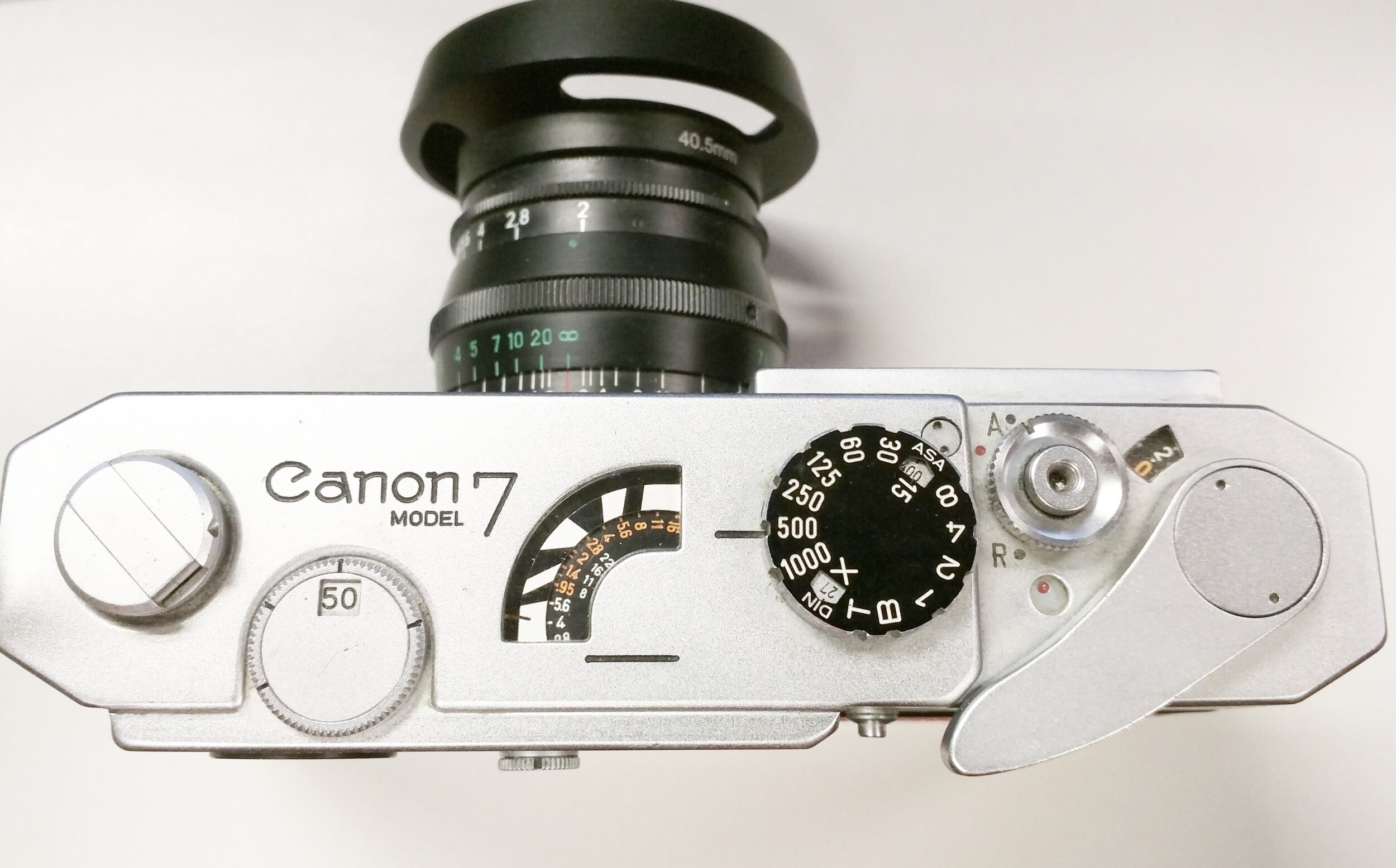
Convenience Features
The Canon 7 comes with three convenience features I wish my M had. Since I have one of the earliest M3s, I don’t get a frame selector that supports 35mm frame lines. Now, I know that I can use a 35mm lens on the Leica, disregarding the frame lines and using the whole viewer, but still, my Canon 7 has always had it. In fact, my 7 does 35mm, 50mm, 90mm, and 135mm frame lines. In the picture above, you can see I’ve got it set at 50 for the Jupiter 8 lens.It also has a shutter release lock. I can turn the ring around the shutter release from A to the red dot and that locks the button so it won’t depress and fire. This is achievable on my M3 by an interesting trick. Mine is so early, it’s called a “double-stroke” model. It takes two half-pulls of the film-advance lever to fully advance the film and reset the shutter. So a single pull of the lever locks the shutter button. Either way, the M or the Canon can be frustrating if you miss a shot if you aren’t paying attention.The last feature is an upgraded rewind dial. The Canon 7 uses a quick-winder — a folding handle that lets you quickly turn and rewind the film. The M has an old-school thumb winder.
But Which is Better ?
Which is better ? That’s totally subjective. They’re both great cameras and they take great pictures. Which do I like better ? That’s a different story. I don’t like the Voigtlander lens on the Leica. It’s obnoxiously large, stiff-focusing, and heavy. It weighs close to as much as my Leica body, or feels like it. The M isn’t really a contender against the Canon 7 because of the convenience features. The M6 would be a Canon 7 killer, for sure, but not my old M3. No, I like my Canon 7 better than my M. It’s the first camera I customized. I put time into it. Even after it sitting on a shelf for a year, I remember all its idiosyncrasies. Paired with the Jupiter 8 lens, it’s a hell of a good lightweight everyday camera.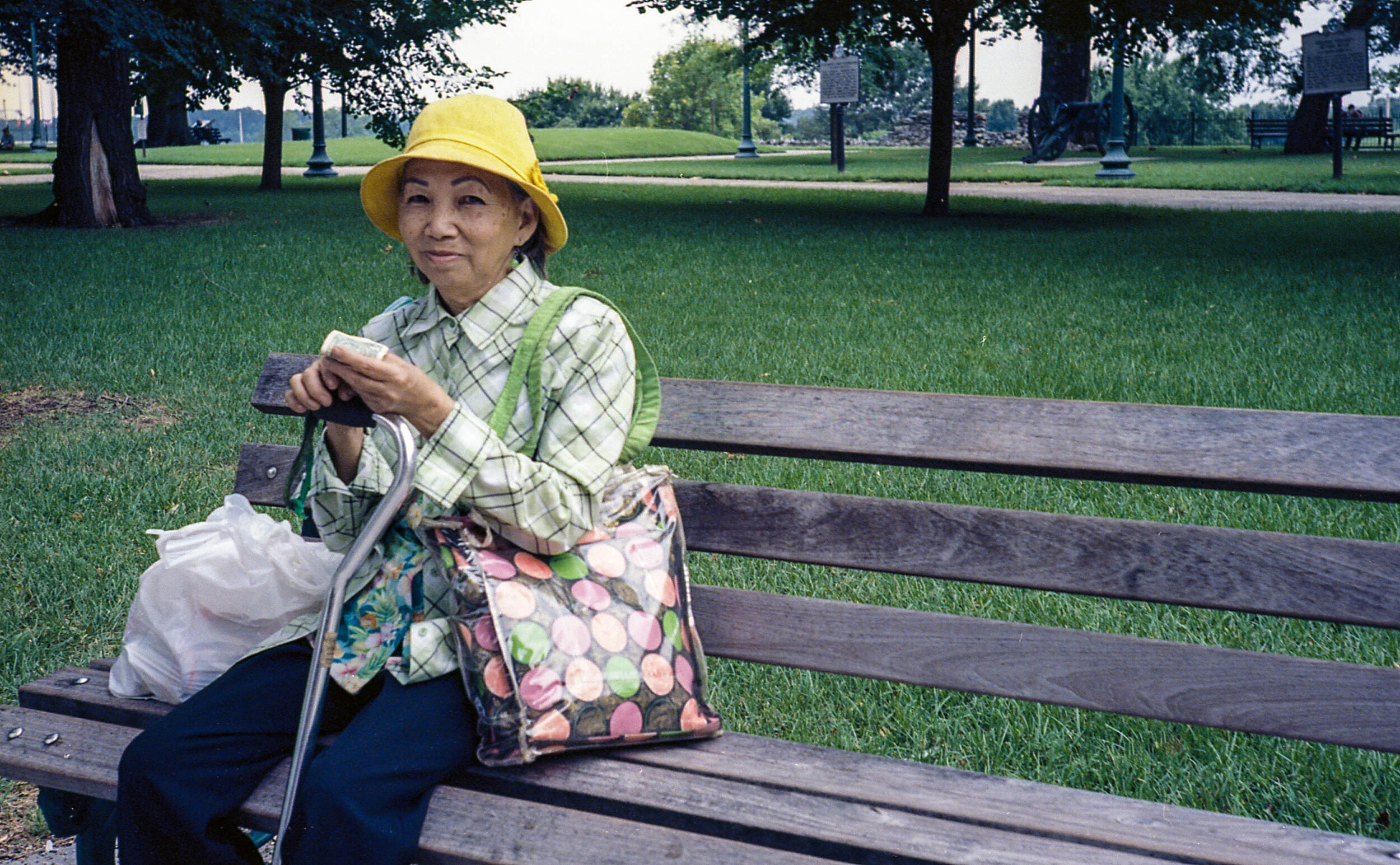
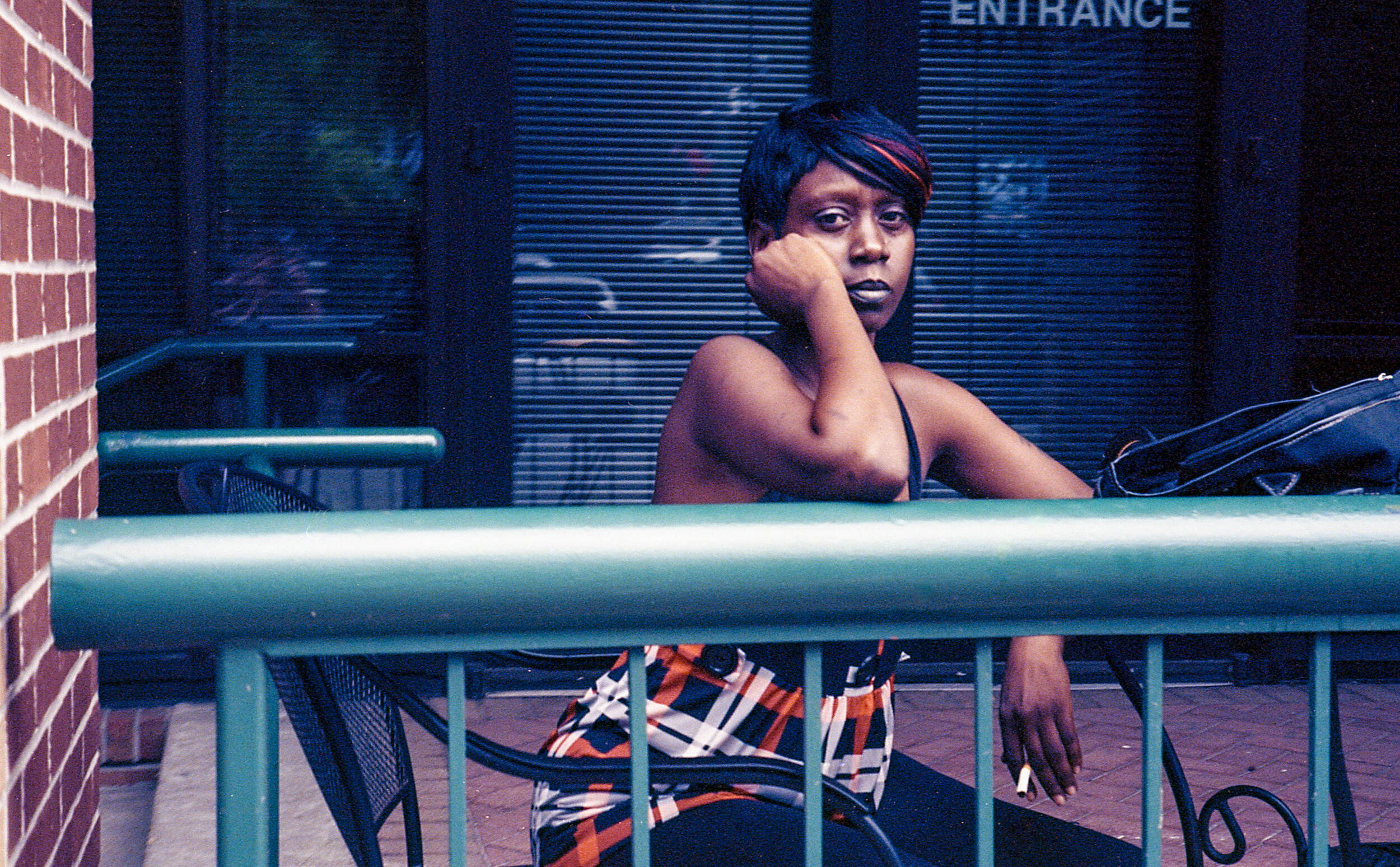
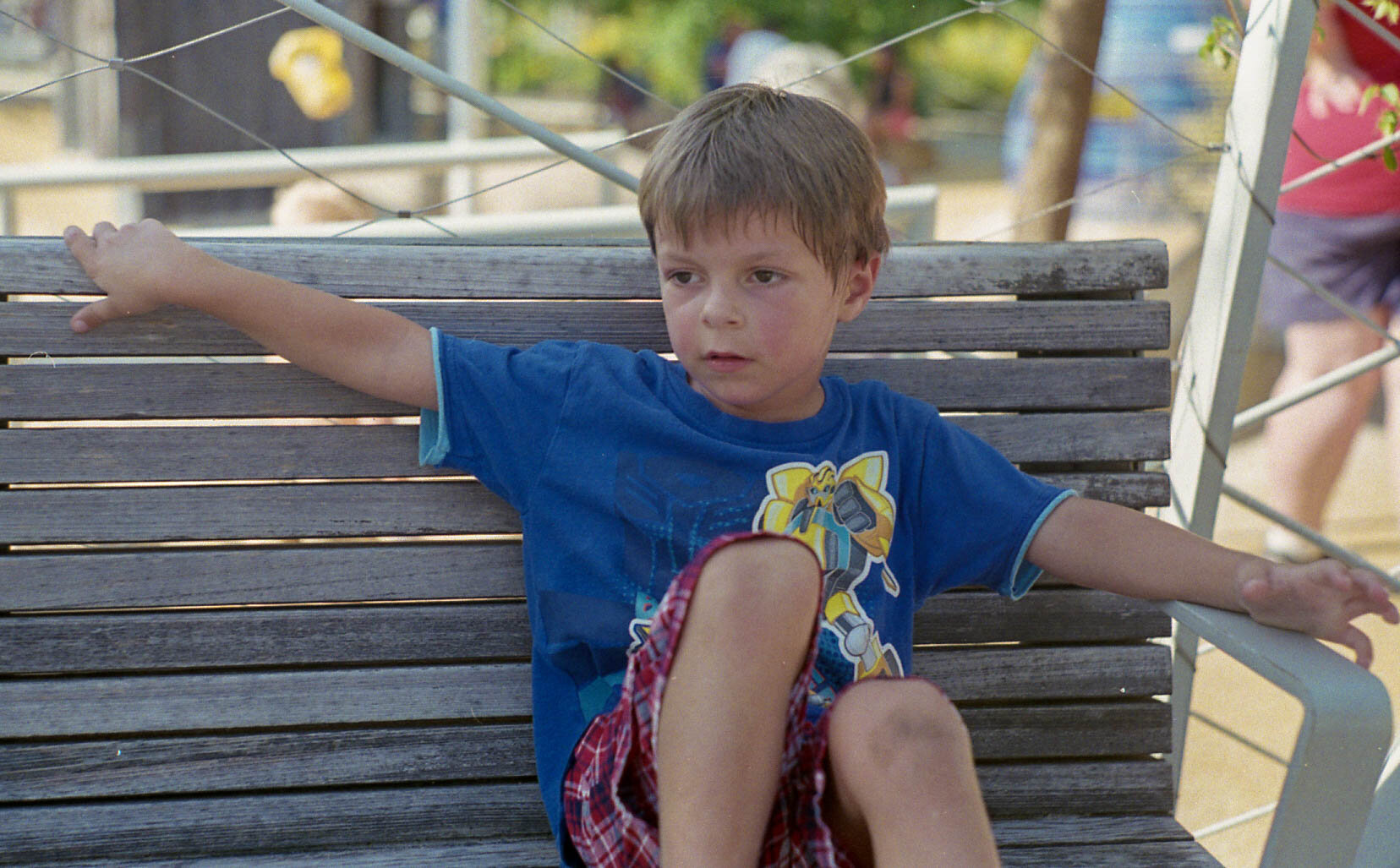


Leave a Reply
You must be logged in to post a comment.